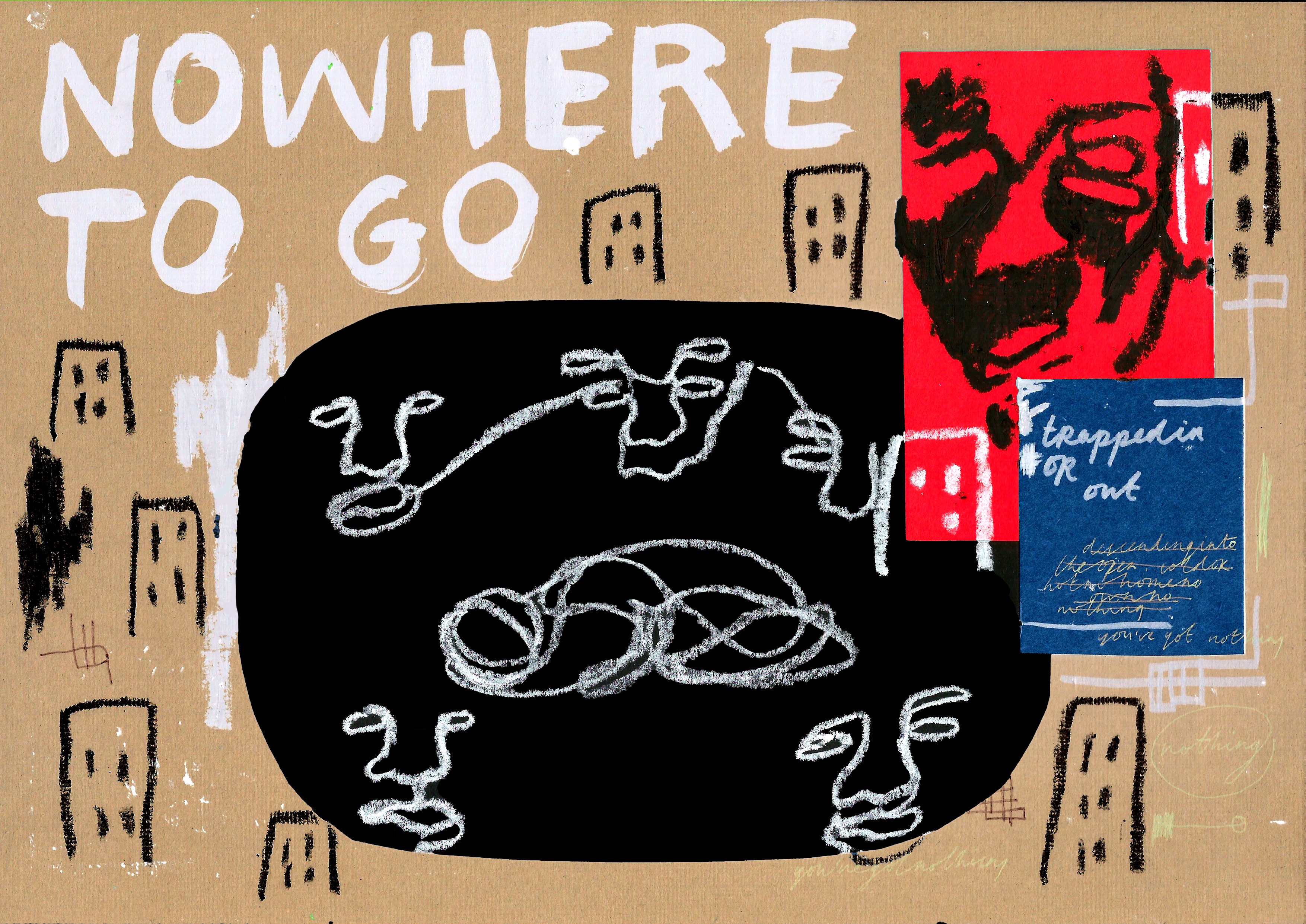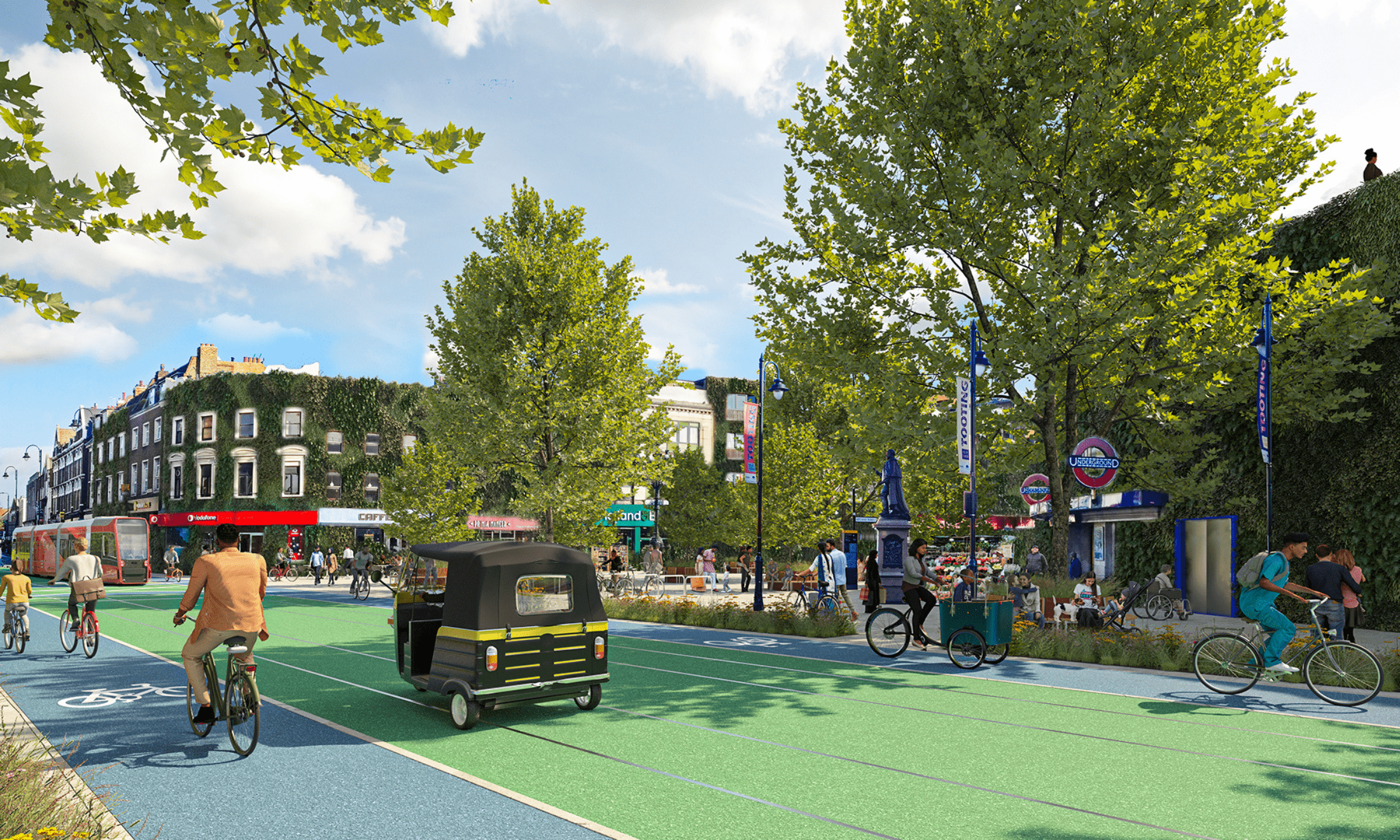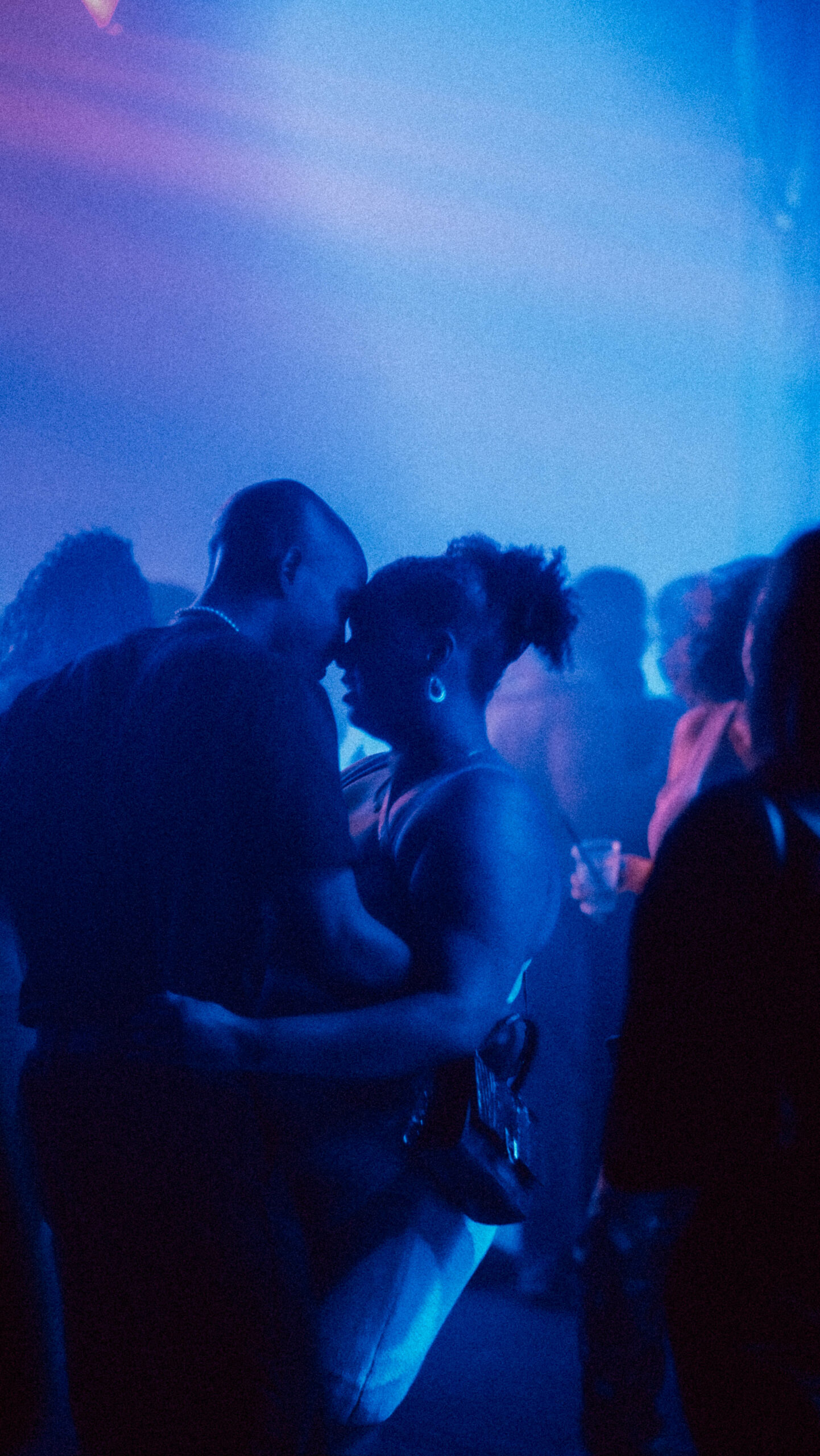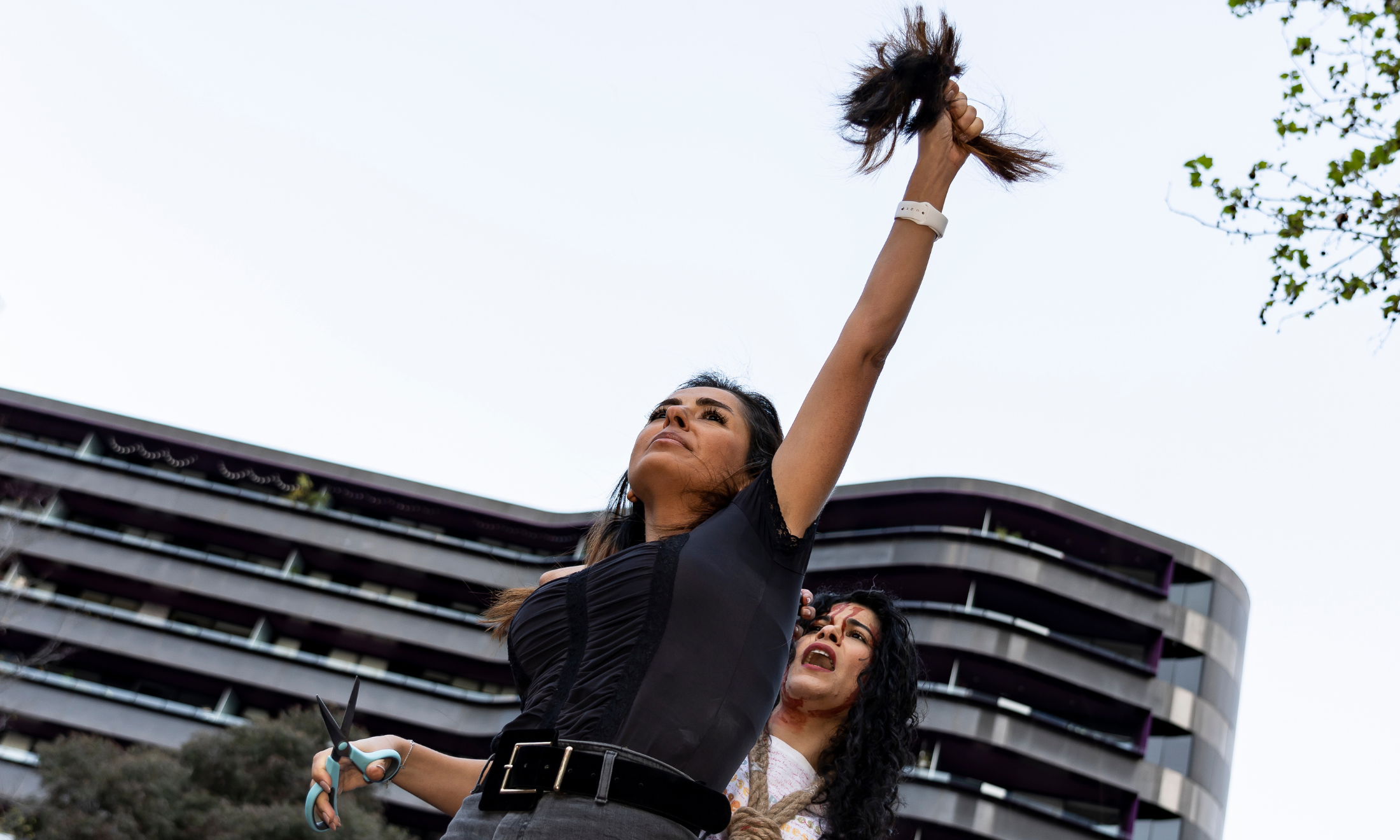
Britain’s homeless women: vulnerability, mental illness and rising numbers
Aseosa Uwagboe
14 Jan 2017
It’s mid-winter. You’re alone and only have a ragged jumper and a holed quilt to protect you from the wind. This is the story of many homeless people in the UK. With 2414 people sleeping rough in any one night in 2013 and currently around 170,000 homeless people in London, this number is as terrifying as it is sad. Statistics also show homelessness has risen 30% since 2010, with women making up 12% of rough sleepers. Homelessness charity St Mungo’s, believe this figure is an underestimation due to the associated dangers of sexual assault and violence, preventing women from staying on the streets. Many of these women are also marginalised with limited access to support, accompanied by a high prevalence of mental health issues, making some homeless cases more complex to resolve.
But what’s the cause for the rising numbers? Deprivation, family breakdown and a lack of affordable housing are just some of the contributing reasons. For many women who end up on the streets, it can be a long and painful journey. One of the main reasons for homeless women in the UK is domestic abuse. At least one in four women nationally experience domestic abuse and are forced away from their homes in order to protect themselves and their children. Yet, despite such courageous efforts, their children are taken into care or adopted. St Mungo’s observed that 46% of their female clients were mothers; 79% of whom had their children taken away from them by social services.
“I was living with a man who was violent and so felt more safe and secure sleeping in a bin shed on my own than staying there. When you’ve got nothing, nothing matters.” – St Mungo’s Report on Women Homelessness 2014
Similarly, a case study by The Metro reported that many women and their young families became homeless due to inadequate social housing and support. Some also had a dysfunctional childhood creating deeply ingrained trauma eroding their resilience to cope with later challenges. Experiences of running away from home and sleeping rough, sometimes spurred the onset of mental health issues as well as substance abuse. Homeless health data finds that heroin and cocaine dependency is more prevalent amongst women than men. As a result of these higher needs, some refuges are unable to help many homeless women due to the complexity of planning an intervention or assistance.
There’s also the added challenge of physical health. Not being able to have a bath or keep clean could be made worse by having your monthly cycle. No access to sanitary towels or facilities adds to the indignity and the struggles of being a homeless woman. The Homeless Period campaign, started by three interns who met at an advertising agency and were horrified after reading about the experiences of some homeless women on their periods. Their campaign aims to pressure the government to address this issue and encourage donations from the public. Still, St Mungo’s has found that such a tough life can reduce the average life expectancy for homeless women to just 43 years. What’s important though, is that it shows homelessness is not just for the luckless few. Many of us have faced these same issues and seemingly have “normal lives”. Perhaps, it is the presence of strong support systems that helps many of us get through the challenges in our lives. Many charities aim to create this type of network to encourage many homeless women in their recovery.
Unfortunately, there aren’t always enough facilities for homeless women, owing to a chronic lack of resources. Incessant cutbacks on much needed services as well as oversubscription to the services that do exist, means that more women are left vulnerable with nowhere to turn. In the London Borough of Hackney, the council expenditure on homelessness has doubled to £7.1 million in the past couple of years. Yet, over the same period of time, spending on staff was cut exponentially. Not to mention the lack of social or affordable housing reducing the amount of viable long-term solutions, particularly in the capital.
Despite these cutbacks, there are charities dedicated to addressing the rising number of homeless women in the UK such as the Marylebone Project. This charity/social enterprise aims to help women to get back on their feet by helping them acquire skills, experience and employment support. The project also provides 112 long and short-term beds to homeless women who visit their drop-in at the Marylebone Centre. St Mungo’s is also a well-known charity for homelessness in the UK. Part of their main campaign is for high-support-housing to help individuals who deal with drug or alcohol abuse. This will be extremely beneficial for homeless women who are more vulnerable to these struggles. They also curate up-to-date statistics and expert opinions, closing the information gap on homelessness in the UK. In December last year, London Mayor Sadiq Khan also granted a £50 million fund towards homelessness services, with a special division for women, the Female Hidden Homeless Project run by Central and North West London NHS Foundation Trust. Moreover, he established a task force, No Nights Sleeping Rough, which will monitor the effectiveness of interventions and lobby for more services.
Such projects and grants are extremely important as they provide the much needed support for the homeless in the capital. Outside of London however, the number of rough sleepers has doubled in Leicester and Brighton has the worst rate for homelessness – worse than some boroughs in the capital. The leading cause being cuts to services that councils offer such as temporary housing and substance abuse support. These challenges reflect a wider issue of severe austerity measures by the government that impacts the services and those that need it the most. Perhaps a similar governmental grant, as unveiled by Sadiq Khan for London, is needed to protect the services for the homeless outside of the capital who it seems are currently at a disadvantage.
Though not all hope is lost. Brighton & Hove City Council’s vision is to make sure no-one has the need to sleep rough in the city by 2020, building on existing support to create a long term city-wide approach. Thus, it is clear to see that such an important issue isn’t being swept under the carpet. The homeless in the UK, and importantly the “hidden” women, are finally getting some of the support they need to have a more stable and brighter future.









